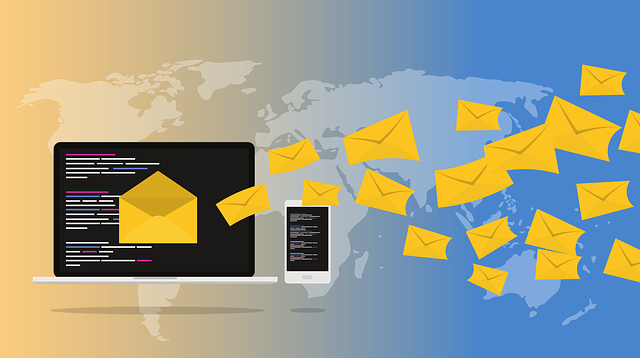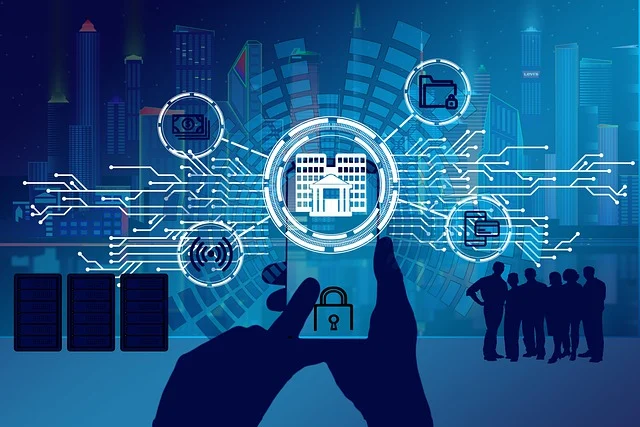Despite the rise of social media, chatbots, and other modern marketing tools, email marketing remains one of the most effective channels for engaging with audiences. With its unmatched ability to reach customers directly, email marketing is experiencing a revival in 2025. This resurgence is fueled by new technologies, personalization techniques, and a renewed focus on delivering value. In this article, we’ll explore strategies to leverage email marketing for maximum impact.
Why Email Marketing Is Still Relevant
Email marketing continues to thrive because of its direct and personal nature. Unlike social media, where algorithms determine visibility, emails land directly in a subscriber’s inbox, giving brands a guaranteed opportunity to engage. Additionally, advancements in AI and data analytics have made email campaigns more targeted and effective than ever before.
Other key reasons for its relevance include:
- High ROI: Email marketing delivers an average return of $42 for every $1 spent.
- Personalization: Modern tools enable hyper-personalized content tailored to individual preferences.
- Ownership: Unlike social media followers, email lists are owned assets, unaffected by platform changes.
Strategies for Effective Email Marketing in 2025
1. Hyper-Personalization
Generic emails are a thing of the past. In 2025, customers expect tailored content that addresses their specific needs and preferences. Use AI-driven tools to analyze user behavior, segment audiences, and deliver highly personalized emails. For example:
- Recommend products based on browsing history.
- Send birthday discounts or anniversary greetings.
- Address subscribers by their name and include location-specific offers.
2. Interactive Emails
Static emails are being replaced by interactive designs that encourage user engagement directly within the email. Features like:
- Embedded polls and surveys.
- Clickable carousels for product showcases.
- Add-to-cart buttons for seamless shopping experiences.
Interactive emails increase click-through rates and keep subscribers engaged longer.
3. Focus on Mobile Optimization
With over 70% of emails opened on mobile devices, mobile-first design is non-negotiable. Ensure emails are:
- Responsive and adapt to various screen sizes.
- Easy to navigate with clear, tappable buttons.
- Quick-loading with optimized images and minimal clutter.
4. Automation and Drip Campaigns
Automated workflows save time and ensure timely communication. Drip campaigns—a series of emails sent based on user actions or time intervals are especially effective. For instance:
- Welcome series for new subscribers.
- Re-engagement campaigns for inactive users.
- Post-purchase follow-ups to encourage reviews or upsells.
5. Value-Driven Content
The success of email marketing hinges on providing real value to subscribers. Focus on creating content that:
- Solves a problem or answers a question.
- Offers exclusive discounts or early access to sales.
- Share relevant industry insights or educational resources.
Content that genuinely benefits the recipient fosters trust and loyalty.
6. Stronger Data Privacy Compliance
With stricter regulations like GDPR and CCPA, prioritizing data privacy is crucial. Be transparent about data collection and usage. Clearly outline privacy policies and provide easy options for subscribers to manage their preferences or unsubscribe.
7. AI-Powered Insights
Leverage AI tools to analyze campaign performance and refine strategies. AI can:
- Predict the best times to send emails.
- Identify content that resonates with specific segments.
- Optimize subject lines and preview text for higher open rates.
Examples of Successful Email Campaigns
1. Spotify’s Year in Review
Spotify’s annual “Wrapped” email campaign is a masterclass in personalization. By showcasing users’ listening habits in a visually appealing format, Spotify creates shareable content that generates excitement and drives engagement.
2. Airbnb’s Recommendation Emails
Airbnb uses AI to recommend destinations and accommodations based on users’ past searches. Their emails are visually stunning and include compelling CTAs, making them highly effective.
3. Headspace’s Re-Engagement Campaigns
To win back inactive users, Headspace sends emails offering free meditation sessions and highlighting new features. These campaigns effectively rekindle interest and boost subscription renewals.
Common Pitfalls to Avoid
- Overloading Emails with Information: Keep emails concise and focused. Too much content can overwhelm readers and dilute the message.
- Neglecting A/B Testing: Test subject lines, layouts, and CTAs to identify what works best for your audience.
- Ignoring Analytics: Regularly review open rates, click-through rates, and conversion rates to gauge performance and make data-driven improvements.
- Sending Too Frequently: Bombarding subscribers with emails can lead to higher unsubscribe rates. Maintain a balance between staying top-of-mind and being intrusive.
Conclusion
Email marketing in 2025 is all about delivering personalized, engaging, and value-driven content. By leveraging the latest technologies and focusing on user-centric strategies, brands can maximize the potential of this timeless marketing channel. As competition for inbox space intensifies, those who prioritize relevance, creativity, and data-driven insights will stand out and achieve lasting success.







